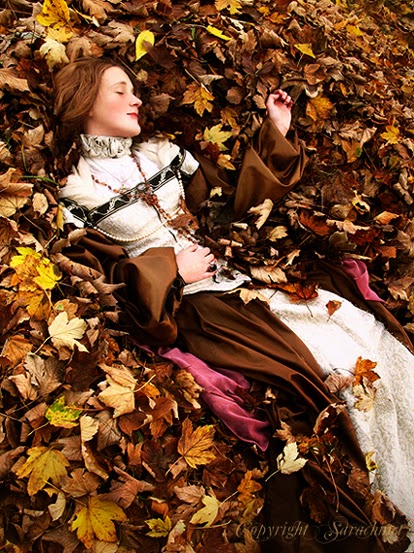by Frank Ordaz
by Frank Ordaz
by Frank Ordaz
by Frank Ordaz
Today's Inspiration stemmed out of a recent day trip we took to Auburn, where we met Frank P. Ordaz at his studio/gallery! We enjoyed browsing around his gallery and even had the pleasure of purchasing a small original. He is not only extremely talented in art, but also personable, easygoing and has a wonderful spirit about him. I was delighted to take a picture together, you can see it here.
I had seen the first painting, "When A Seed Pierced The Emerald Rock," at the John Natsoulas Gallery in Davis, CA a few months ago and was immediately impressed and in awe of the palette, the light and colors, the impressionistic paint application and the contemporary quality!! It spoke to me, both the work and the title begged the question: what is the artist saying here? Frank had the piece back at his studio, so I got to take a second look at the magnificent painting, the scale of it alone is grand measuring 4' x 5'! We learned of it's acceptance into the prestigious Crocker-Kingsley show, opening March 7th 2015, at the Crocker Art Museum in Sacramento. Definitely stop by the show to view this piece and many other incredible art works. I loved reading the meaning behind the piece here.
At Frank's studio, I also enjoyed viewing his plein air and landscape paintings. Frank is indeed a true renaissance man! Having his roots in Matte painting for Star Wars (EPIC, I KNOW!!!) and other very famous films, and seeing his portfolio of portraits, plein air, spiritual works, and contemporary art - the breadth and depth of his body of work is incredible!
Matte painters have always inspired me, having wanted to be one as a young artist. Seeing Frank's work expand further into landscapes, plein air, and other subjects is also so encouraging: there are so many different wonderful art fields to get into! Thank you Frank for the tour of your studio, it was a pleasure meeting you, we will be back again soon!!
















